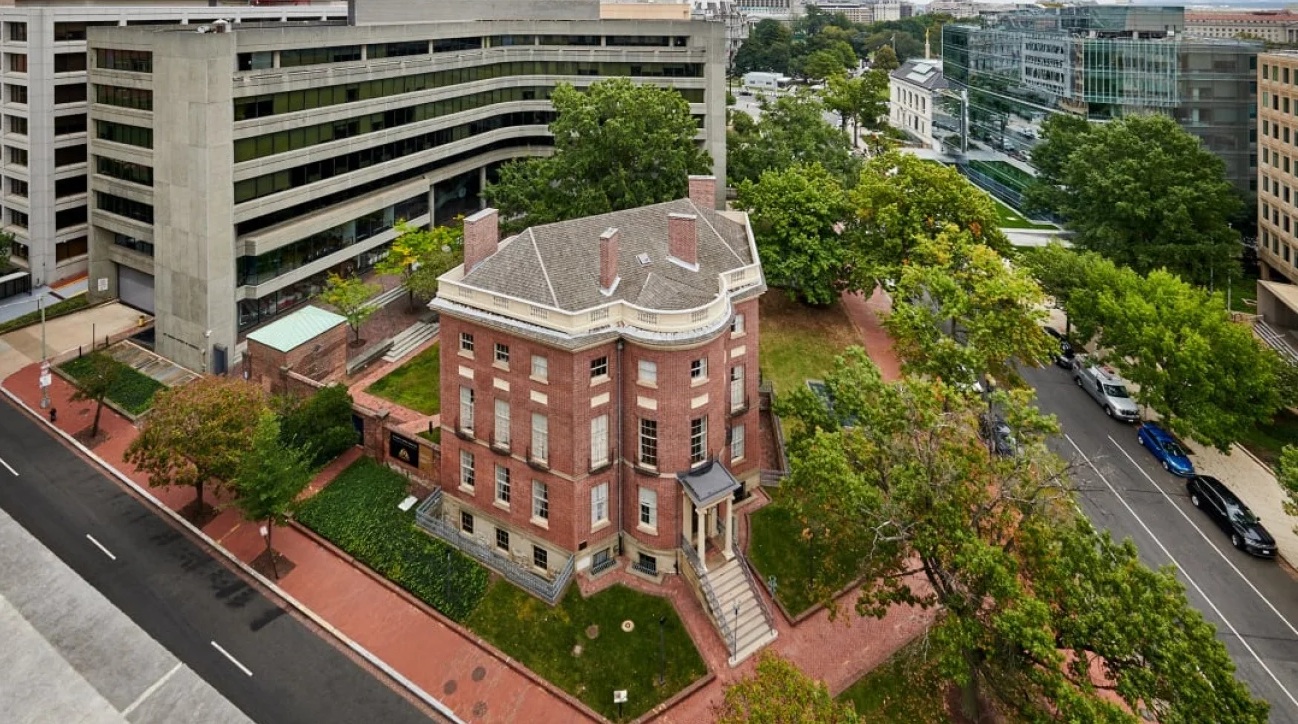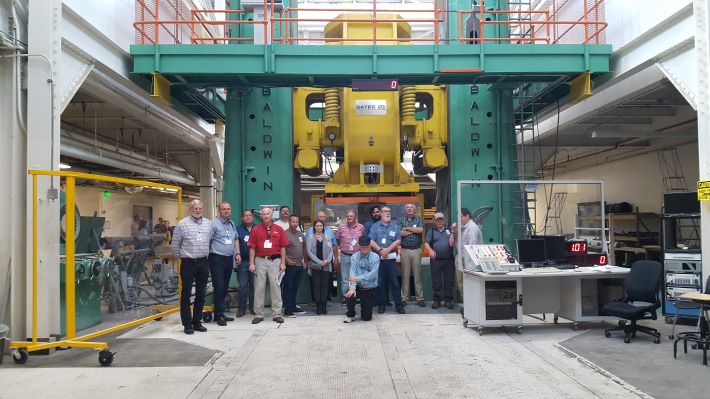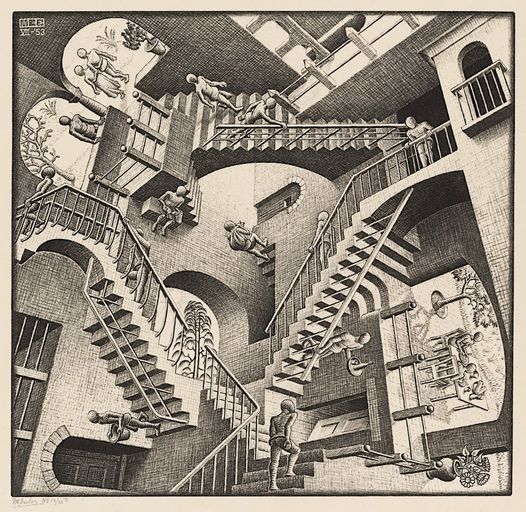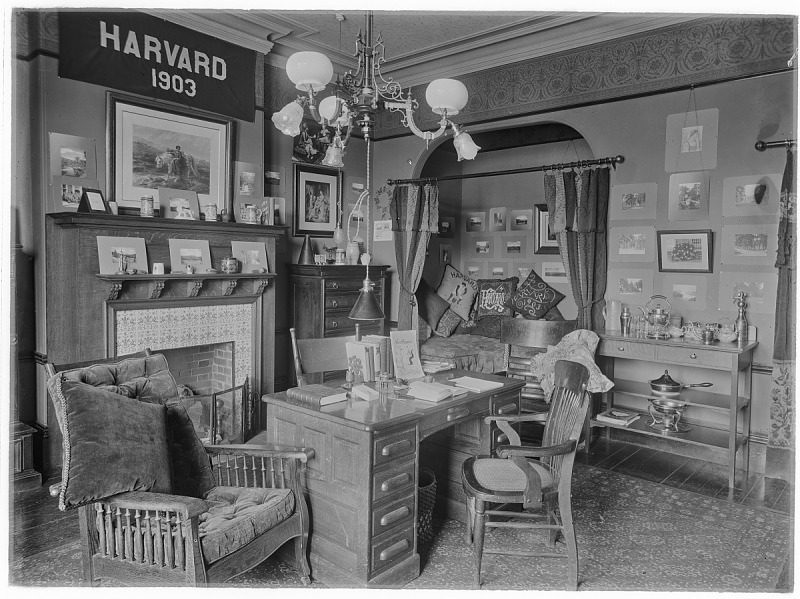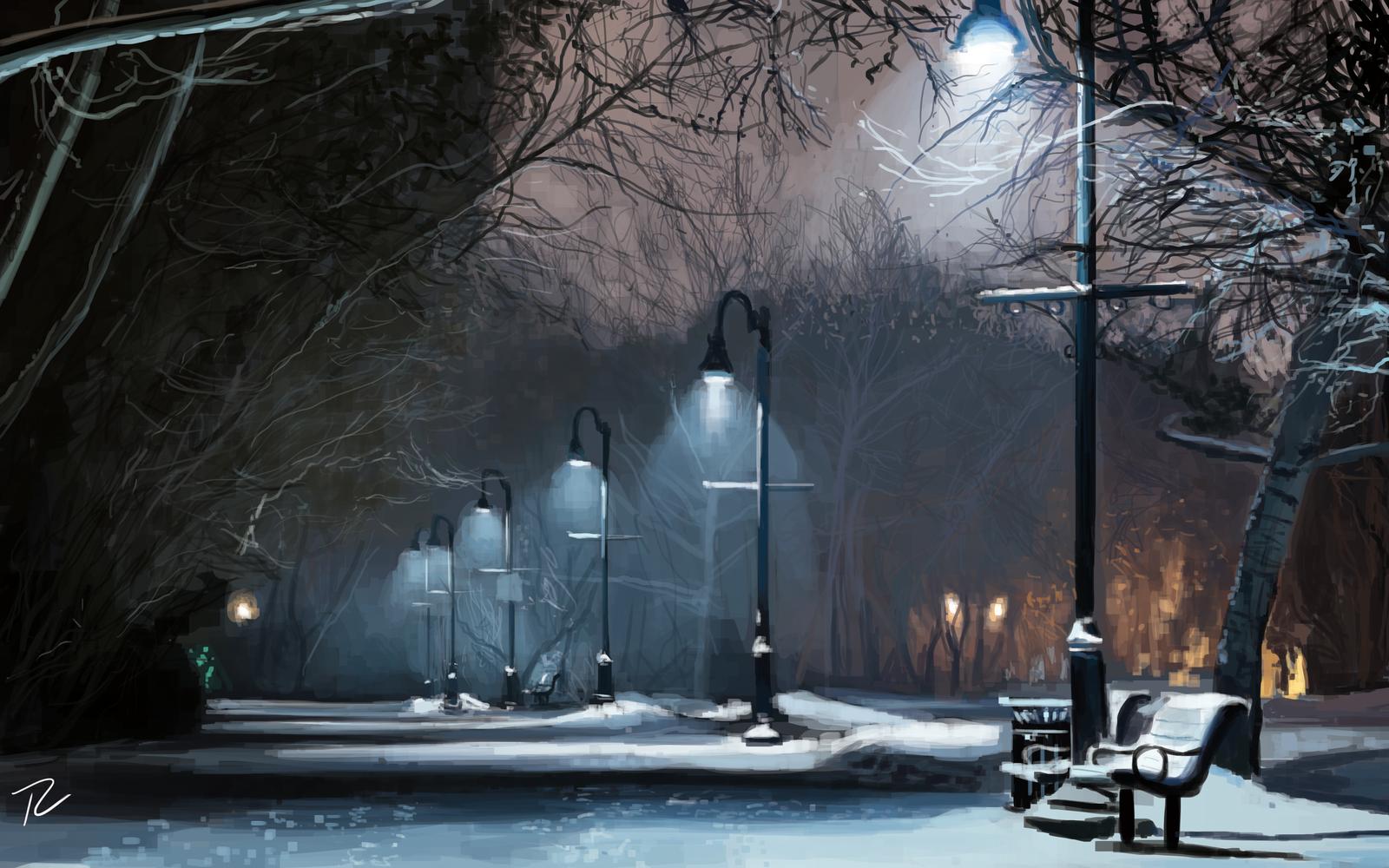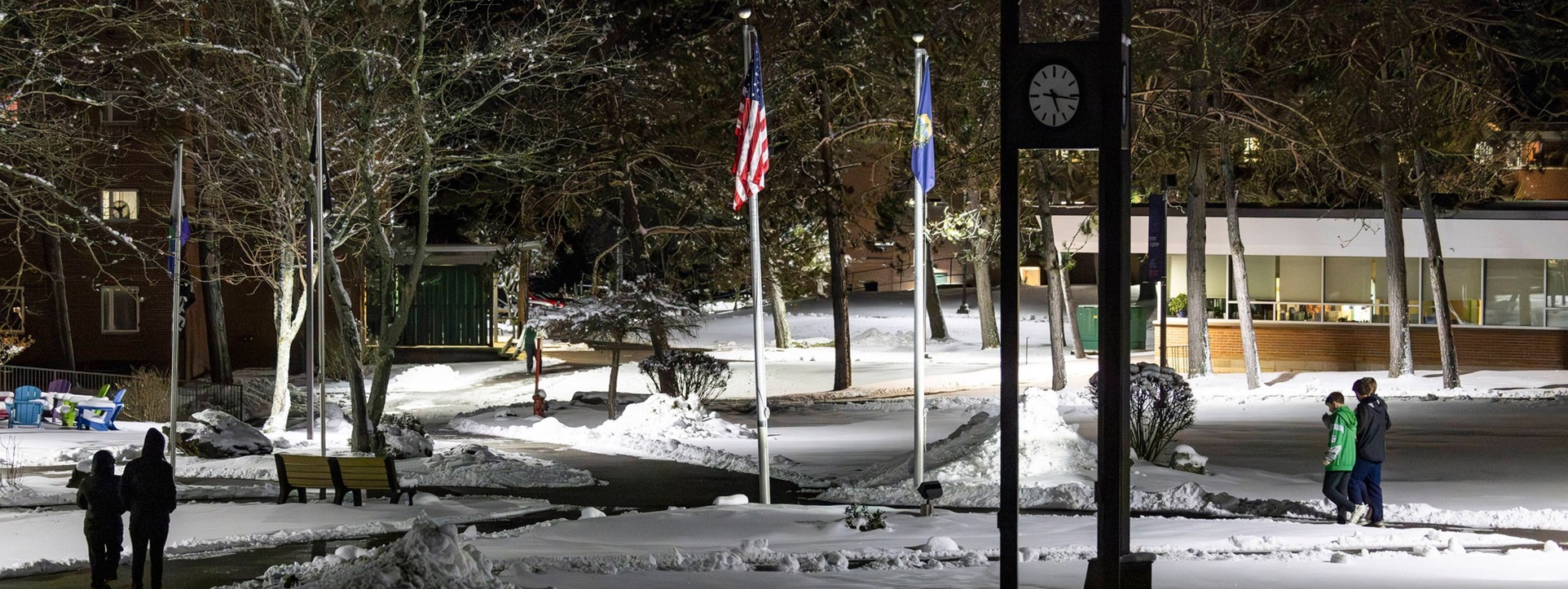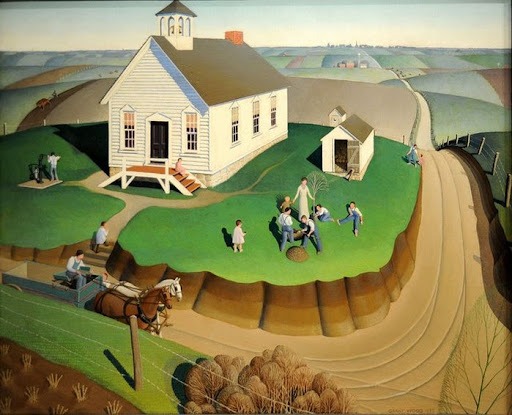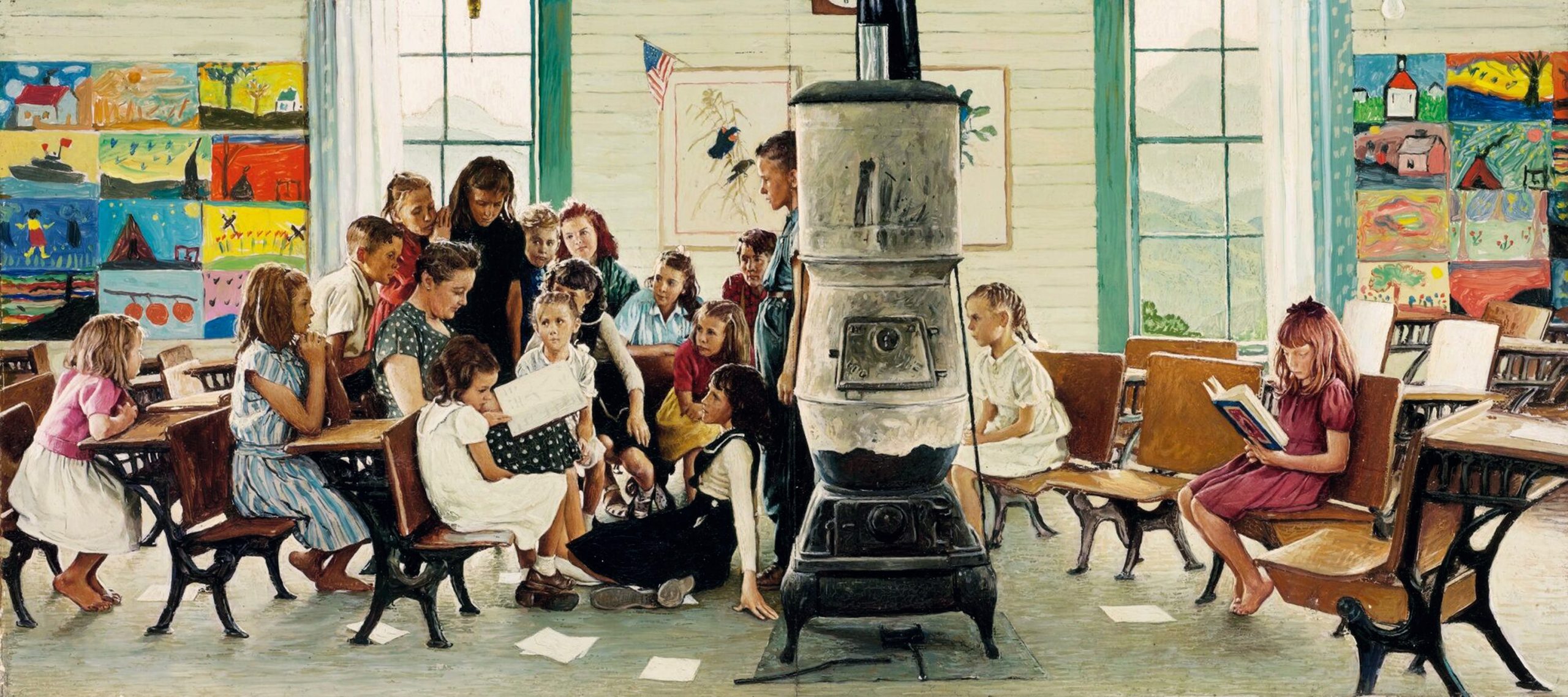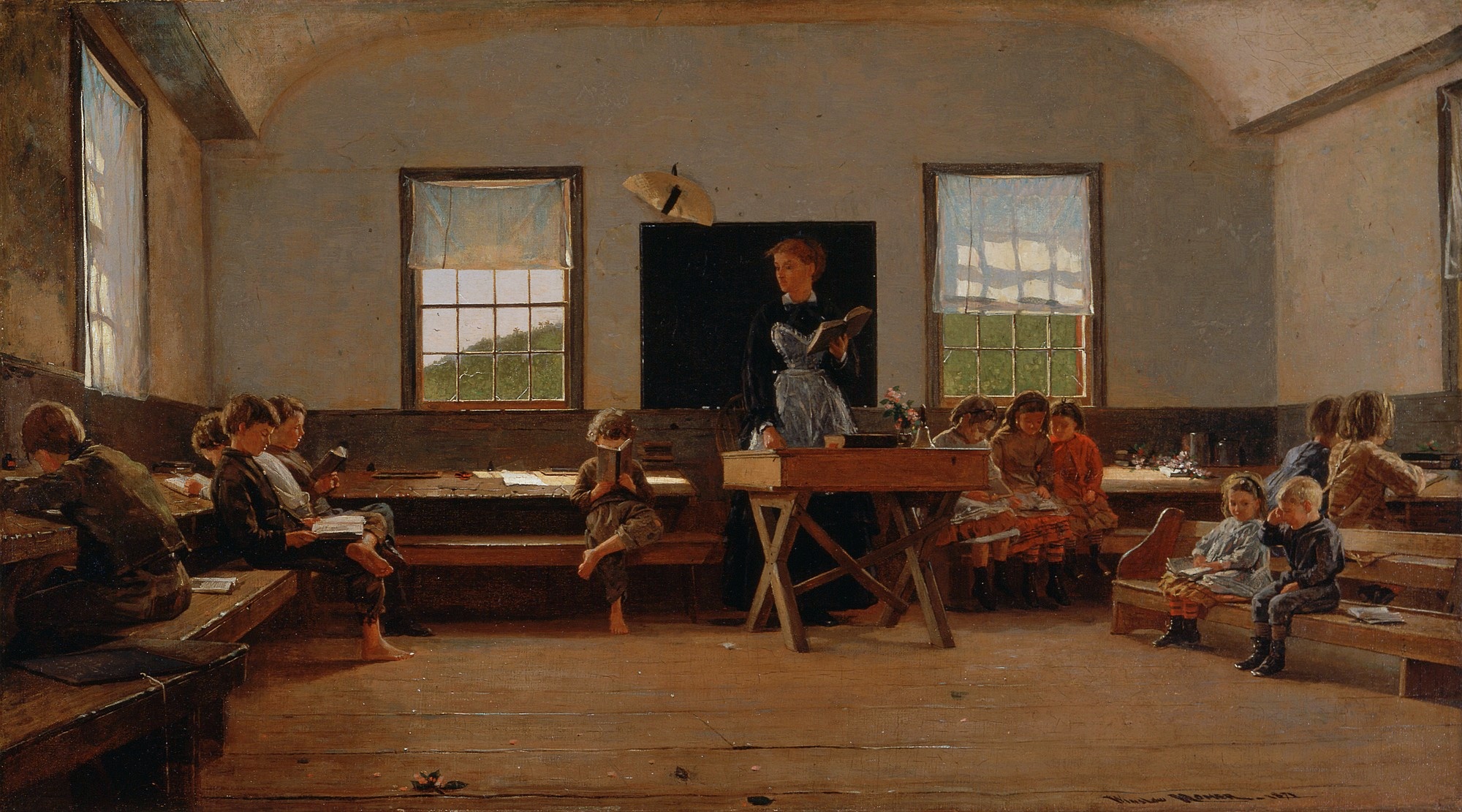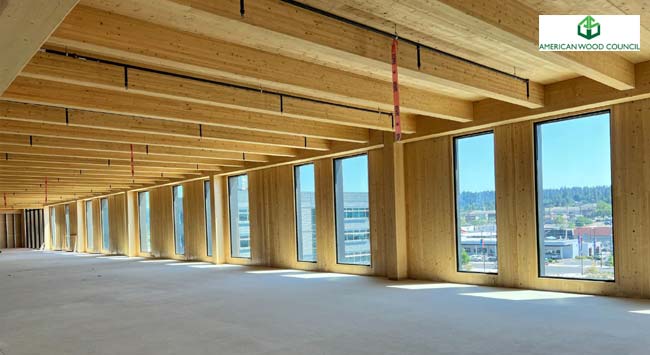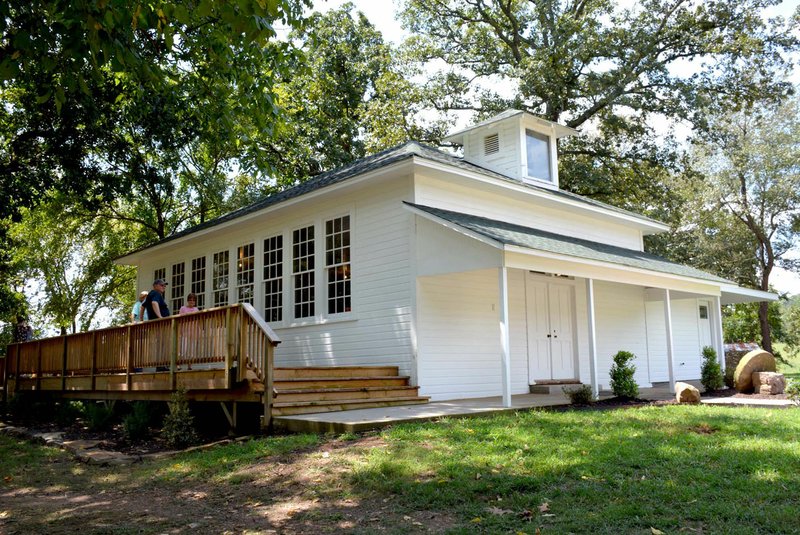Category Archives: Architectural/Hammurabi
- Home
- Archive by category "Architectural/Hammurabi" (Page 3)

Architectural Billings
Architectural Record September 24, 2025
Selecting architects for designing large educational campus buildings typically involves a structured process that ensures the chosen architect meets the project’s functional, aesthetic, and budgetary requirements. Here’s an overview of the typical steps involved:
1. Defining Project Goals and Requirements
- The institution or client identifies the purpose of the building, the estimated budget, sustainability goals, and any specific design or functional needs.
- A detailed Request for Proposal (RFP) or Request for Qualifications (RFQ) is prepared, outlining project objectives, scope, timeline, and submission requirements.
2. Public Announcement or Invitations
- The RFP/RFQ is distributed through professional networks, industry publications, or procurement platforms.
- Invitations may also be sent directly to pre-identified firms with expertise in similar projects.
3. Initial Submissions
- Interested architectural firms submit their qualifications or proposals. These typically include:
- Firm portfolio: Highlighting past projects, especially in educational architecture.
- Design approach: How the firm plans to address the project goals.
- Team composition: Key personnel and their relevant experience.
- References and certifications.
4. Shortlisting Candidates
- A committee reviews submissions and shortlists firms based on criteria such as experience, design philosophy, project understanding, and compatibility with the client’s goals.
5. Interviews and Presentations
- Shortlisted firms are invited for interviews to present their ideas, discuss their approach, and answer questions.
- Some institutions may request preliminary concept designs to gauge creativity and alignment with the campus’s vision.
6. Evaluation of Proposals
- Proposals are evaluated based on:
- Design capability: Innovation, sustainability, and functional design.
- Experience: Success in similar projects.
- Cost efficiency: Ability to meet the budget without compromising quality.
- Cultural fit: Alignment with the institution’s mission and values.
7. Final Selection
- The committee selects the architect based on scoring, deliberations, and sometimes a voting process.
- Contract negotiations follow, detailing scope, fees, and deliverables.
8. Community and Stakeholder Engagement
- In some cases, stakeholders, including faculty, students, and local communities, are involved in providing feedback or participating in design workshops.
9. Formal Approval
- The governing board of the institution or a similar authority often gives final approval.
This process ensures transparency, accountability, and the selection of the most qualified architect for the project.
Related:
Society for College and University Planning
Higher Education Facilities Act of 1963
The Business of Standards Never Stops
Standards for a Kitchen Symphony | November/December 2024
ASTM International (formerly known as the American Society for Testing and Materials) is a globally recognized organization that develops and publishes technical standards for a wide range of products, systems, and services. These standards are used by manufacturers, regulatory bodies, and other stakeholders to ensure that products and services are safe, reliable, and of high quality.
In the field of measurement science, ASTM plays an important role in developing standards and guidelines for measurement techniques and practices. These standards cover a wide range of topics related to measurement science, including the calibration of instruments, the characterization of measurement systems, and the validation of measurement results. They are used by researchers, engineers, and other professionals in academia, industry, and government to ensure that measurements are accurate, precise, and reliable.
| ANSI Public Review |
ASTM standards for measurement science are developed through a process that involves input from experts in the field, including researchers, industry professionals, and regulatory bodies. These standards are updated regularly to reflect advances in measurement science and technology, as well as changes in industry and regulatory requirements. This is a far better way to discover and promulgate leading practice. In fact, there are regulations intended to restrain the outsized influence of vertical incumbents in legislative precincts where market-making happens.
Athletic Performance Properties of Indoor Sports Floor Systems
Beauty in a World of Ugliness
This is happening Thursday at Peterhouse:
13:00 – 13:30
Fellows Orientation
14:00 – 15:30
Session I: Scruton’s Aesthetics
A. O’Hear
F. Hörcher
A. Frost
16:00 – 17:00
Session II: Art and Modernity
C. Varry
J. Kolata
17:30 – 19:00
Keynote I: Beauty and the Sacred
D. Hedley
J. Orr pic.twitter.com/EYnWIbDwtl— Ferenc Hörcher (@HorcherF) September 13, 2023
Masonry
“Buildings, too, are children of Earth and Sun.”
— Frank Lloyd Wright:
Today we sort through the best practice literature for designing and building education settlements with brick — the world’s oldest construction material. Masonry is a term used to describe the construction of structures using individual units that are bound together with mortar. Brickwork is a specific type of masonry that involves the use of bricks as the primary building units.
We use the terms interchangeably reflecting vernacular use in the literature. Brickwork in building construction lies in its ability to provide structural strength, fire resistance, thermal and sound insulation, aesthetic appeal, low maintenance, environmental friendliness, cost-effectiveness, and versatility.
Use the login credentials at the upper right of our homepage.
The genius of bricklayers on view here. A wonderfully ornamental effect is achieved almost entirely through ingeniously combining 228*108*54mm cuboids of baked mud. No sculpted mouldings, no fine imported materials, just brilliant and thoughtful craftmanship. pic.twitter.com/KxZw2HmFLD
— Samuel Hughes (@SCP_Hughes) October 19, 2023
Masonry is a construction technique that involves the use of individual units, typically made of materials like brick, stone, concrete blocks, or clay tiles, which are bound together with mortar to create walls, columns, or other structural elements. Masonry has been used for thousands of years and remains a popular method for building various structures, including houses, commercial buildings, bridges, and more.
The key components of masonry construction are:
- Masonry Units: These are the individual building blocks or pieces, such as bricks or stones, that form the structure. They come in various shapes, sizes, and materials, depending on the specific requirements of the project.
- Mortar: Mortar is a mixture of cement, sand, and water that is used to bind the masonry units together. It acts as both an adhesive and a filler between the units, providing strength and stability to the structure.
- Masonry Workmanship: Skilled craftsmen, known as masons, are responsible for arranging and securing the masonry units with mortar. Their expertise ensures the structural integrity and aesthetic quality of the finished product.
Masonry construction offers several advantages:
- Durability: Masonry structures are known for their longevity and resistance to fire, weather, and pests.
- Aesthetic Appeal: Masonry can be used to create intricate designs and patterns, making it a popular choice for architectural and decorative elements.
- Energy Efficiency: Masonry walls have good thermal mass, which can help regulate indoor temperatures and reduce energy costs.
- Low Maintenance: Masonry structures typically require minimal maintenance over the years.
Masonry can be categorized into different types based on the materials and methods used. Some common forms of masonry include:
- Brick Masonry: This involves using clay or concrete bricks to build walls and structures. It is widely used in residential and commercial construction.
- Stone Masonry: Natural stones, such as granite, limestone, and slate, are used to create walls and structures in this type of masonry. It’s often used for historical or architectural projects.
- Concrete Block Masonry: Concrete blocks are used to construct walls in this form of masonry, and it’s commonly seen in industrial and commercial buildings.
- Reinforced Masonry: Steel reinforcement is incorporated into masonry walls to enhance structural strength.
Masonry is a versatile construction method that can be used in various applications, and it continues to be a fundamental part of the construction industry.
More:
College of West Anglia: Bricklayer Apprenticeship
North Carolina State University Industry Expansion Solutions: Fireplace & Chimney Safety
Salt Lake Community College: Brick Mason
Occupational Safety and Health Administration: Fall Protection
Bollards & Sidewalk
Pedestrian bollards protect walkways from vehicle intrusion, guide foot traffic, snow plows and can provide heating and illumination. They should be positioned in front of energy utility services (such as natural gas and electrical power switchgear). at sidewalk entrances, crosswalks, and near pedestrian-heavy zones. Join us today at 16:00 UTC when we examine best practice literature and a few construction details as time allows.
International & General Standards
ASTM F3016 – Standard Test Method for Surrogate Testing of Vehicle Impact Protective Devices at Low Speeds.
ASTM F2656 – Standard Test Method for Crash Testing of Vehicle Security Barriers.
ASTM A53 / A500 – Standards for steel pipe and tubing used in bollard construction.
ISO 22343 – Vehicle security barrier standards.
U.S. Codes & Regulations
ADA Standards for Accessible Design – Ensures bollards do not create accessibility barriers.
IBC (International Building Code) – Covers structural requirements for bollards in buildings.
Vehicular Impact Protection – IBC Section 1607.8.3
Accessibility Considerations – IBC Chapter 11 & ANSI A117.1
NFPA 101 (Life Safety Code) – Addresses fire lane access and emergency egress.
DOT (Department of Transportation) Guidelines – Covers bollard placement in public roadways.
Local municipalities may have additional regulations governing bollard installation and safety compliance.
Related:
Illuminated Bollard Riser similar to Pedestrian Light Pole Base
Campus bollard lighting solution
Wood
International Building Code Chapter 23: Wood
Building schoolhouses with wood in the United States had significant practical and cultural implications, particularly during the 18th and 19th centuries. Wood was the most readily available and cost-effective material in many parts of the country. Abundant forests provided a plentiful supply, making it the logical choice for construction. The use of wood allowed communities to quickly and efficiently build schoolhouses, which were often the first public buildings erected in a new settlement.
Wooden schoolhouses were emblematic of the pioneering spirit and the value placed on education in early American society. These structures were often simple, reflecting the modest means of rural communities, but they were also durable and could be expanded or repaired as needed. The ease of construction meant that even remote and sparsely populated areas could establish schools, thereby fostering literacy and learning across the nation.
Moreover, wooden schoolhouses became cultural icons, representing the humble beginnings of the American educational system. They were often the center of community life, hosting social and civic events in addition to serving educational purposes. Today, preserved wooden schoolhouses stand as historical landmarks, offering a glimpse into the educational practices and community life of early America. Their construction reflects the resourcefulness and priorities of the early settlers who valued education as a cornerstone of their communities.
Building schoolhouses with wood presents several technical challenges, including durability, fire risk, maintenance, and structural limitations. Here are the key challenges in detail:
- Durability and Weather Resistance:
- Rot and Decay: Wood is susceptible to rot and decay, especially in humid or wet climates. Without proper treatment and maintenance, wooden structures can deteriorate rapidly.
- Pests: Termites and other wood-boring insects can cause significant damage, compromising the integrity of the building.
- Fire Risk:
- Combustibility: Wood is highly flammable, increasing the risk of fire. This was a significant concern in historical and rural settings where firefighting resources were limited.
- Safety Standards: Ensuring that wooden schoolhouses meet modern fire safety standards requires additional measures, such as fire-retardant treatments and the installation of fire suppression systems.
- Maintenance:
- Regular Upkeep: Wooden buildings require frequent maintenance, including painting, sealing, and repairing any damage caused by weather or pests.
- Cost: Ongoing maintenance can be costly and labor-intensive, posing a challenge for communities with limited resources.
- Structural Limitations:
- Load-Bearing Capacity: Wood has limitations in terms of load-bearing capacity compared to materials like steel or concrete. This can restrict the size and design of the schoolhouse.
- Foundation Issues: Wooden structures can experience foundation issues if not properly designed and constructed, leading to uneven settling and potential structural damage.
- Environmental Impact:
- Deforestation: The widespread use of wood for construction can contribute to deforestation, which has environmental consequences. Sustainable sourcing practices are essential to mitigate this impact.
- Insulation and Energy Efficiency:
- Thermal Insulation: Wood provides moderate thermal insulation, but additional materials and techniques are often required to ensure energy efficiency and comfort for students and staff.
Despite these challenges, wooden schoolhouses were popular in the past due to the availability of materials and ease of construction. Addressing these technical challenges requires careful planning, use of modern materials and techniques, and regular maintenance to ensure the longevity and safety of wooden schoolhouses.
Related:
Eurocode 5 (EN 1995): Design of timber structures
Minimum Design Loads and Associated Criteria for Buildings and Other Structures
National Design Specification for Wood Construction
The 2024 National Design Specification for Wood Construction was developed by AWC’s Wood Design Standards Committee and approved as a standard by ANSI (American National Standards Institute) on October 16, 2023. The 2024 NDS is referenced in the 2024 International Building Code.
International Code Council Mass Timber: Outcomes of the ICC Tall Wood Ad Hoc Committee
Related:
Researchers Make Wood Stronger than Steel
Mass Timber Primed for Wider Use? ( November 19, 2024). This article from the University of Florida’s Warrington College of Business explores the expanding use of mass timber in construction, including a planned mass timber building on the University of Florida’s Gainesville campus. It highlights CLT development and regional advantages in the Pacific Northwest, with examples from University of Oregon research.
Cross-Laminated Timber (CLT) (August 13, 2024). From Auburn University’s College of Forestry, Wildlife and Environment, this piece details the college’s involvement in mass timber research and construction through the university’s Mass Timber Collaborative. It emphasizes CLT’s growth in the Southeast US using southern pine, with multidisciplinary efforts in forestry, architecture, and engineering for campus and regional projects.
The Meteoric Rise of Cross-Laminated Timber Construction: 50 Projects that Use Engineered-Wood Architecture (November 18, 2024) Published by ArchDaily, this overview of CLT projects worldwide includes US examples like the Albina Yard in Portland (a pioneering CLT building), and discusses its application in sustainable campus and institutional structures, promoting domestic wood use in educational settings.
Almost time to celebrate our Terps! 💛 #UMDGrad🎓
Find the ceremony live stream and more info: https://t.co/O253YinItK pic.twitter.com/dz2MxK94Eb
— Univ. of Maryland (@UofMaryland) May 22, 2025
Construction Technology Careers: Carpentry, HVAC, Plumbing
Construction Technology Careers: Carpentry, HVAC, Plumbing
One study, published in the Journal Social Forces in 2012, found that women’s educational preferences for a potential partner have been changing over time. The study found that in the 1960s and 1970s, women were more likely to prefer men with higher levels of education than themselves, while in the 1990s and 2000s, women were more likely to prefer partners with similar levels of education. The study also found that women’s educational preferences were influenced by their own educational attainment and the gender ratio of their college campus.
Another study, published in the journal Demography in 2015, found that women’s educational preferences for a potential partner varied depending on their own educational background and the gender ratio of their local area. The study found that women with higher levels of education were more likely to prefer men with similar levels of education, while women with lower levels of education were more likely to prefer men with higher levels of education. The study also found that women in areas with a higher ratio of men to women were more likely to prefer men with higher levels of education.
While these studies suggest that young women’s preferences for college-educated men as marriage partners may be influenced by a variety of factors, it is important to recognize that individual preferences and behaviors can vary widely and are influenced by a wide range of factors. Additionally, any generalizations about the preferences of “young women” or any other group should be approached with caution, as these preferences can vary widely depending on factors such as age, race, ethnicity, and socioeconomic status.
New update alert! The 2022 update to the Trademark Assignment Dataset is now available online. Find 1.29 million trademark assignments, involving 2.28 million unique trademark properties issued by the USPTO between March 1952 and January 2023: https://t.co/njrDAbSpwB pic.twitter.com/GkAXrHoQ9T
— USPTO (@uspto) July 13, 2023
Standards Michigan Group, LLC
2723 South State Street | Suite 150
Ann Arbor, MI 48104 USA
888-746-3670



